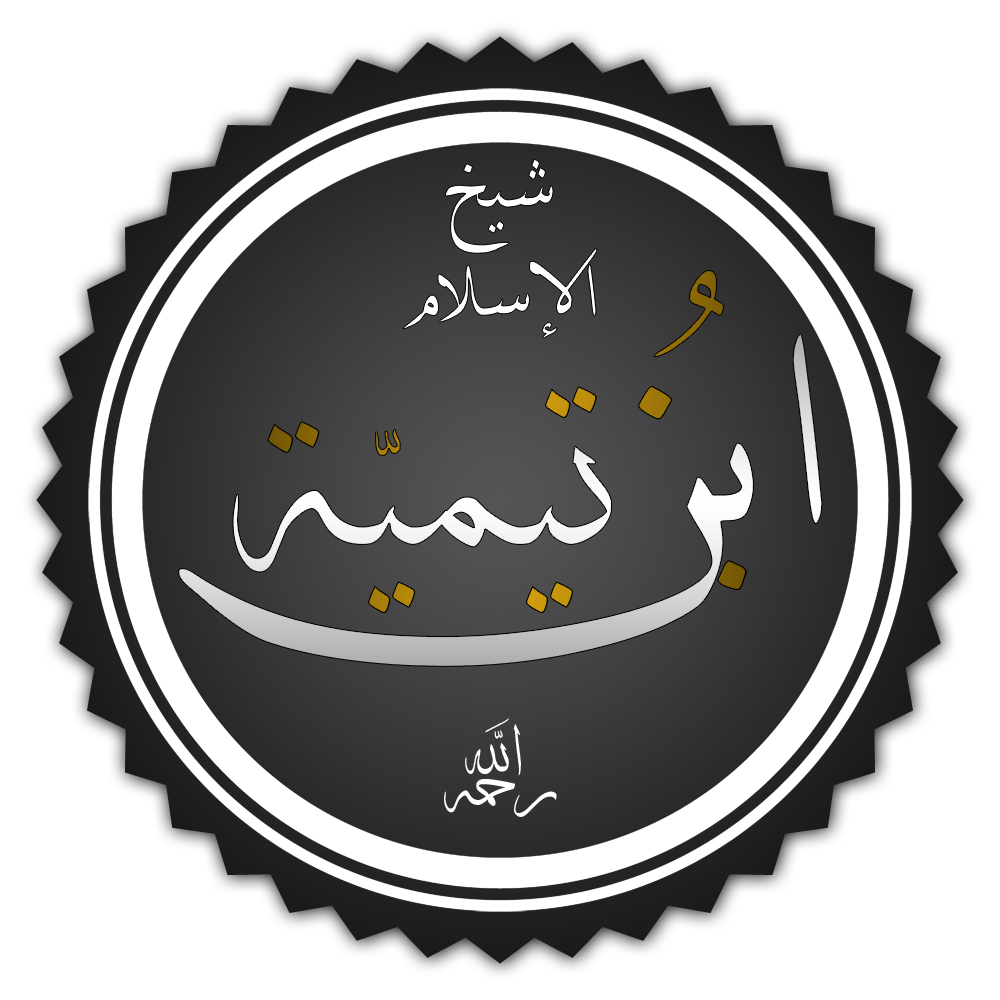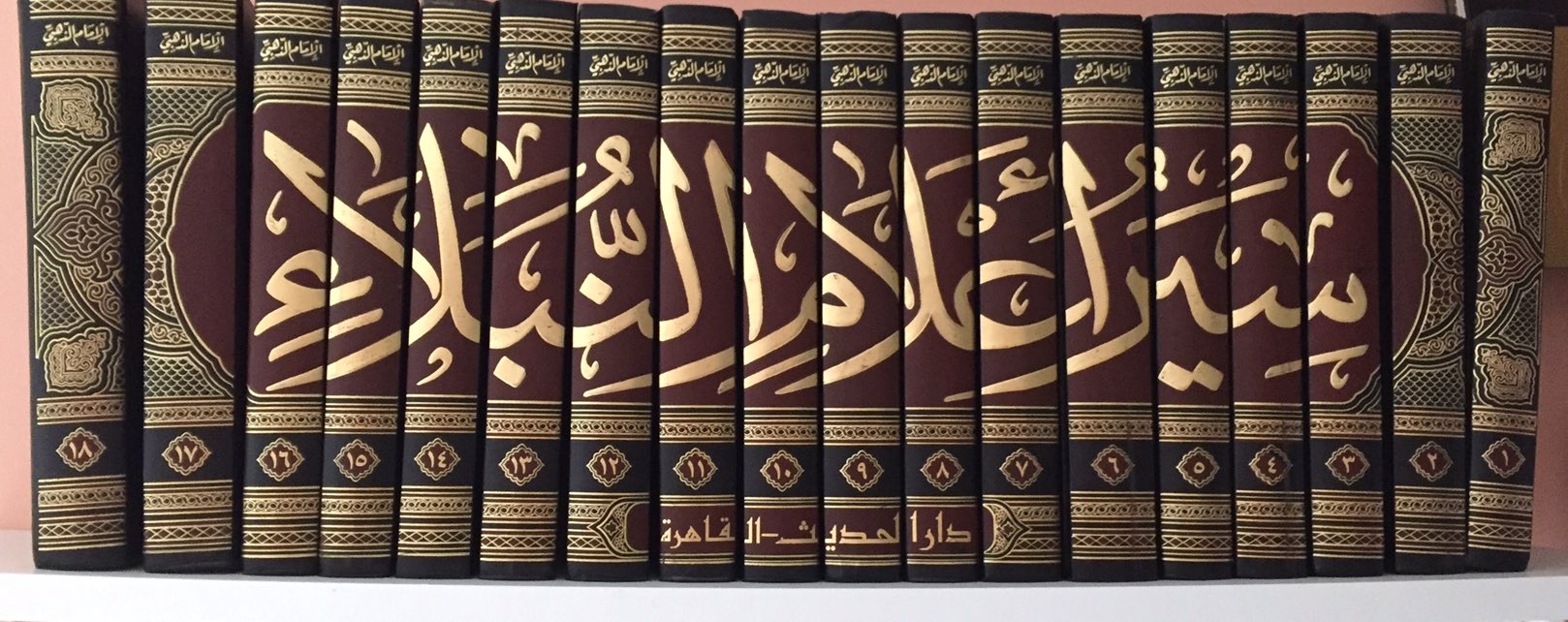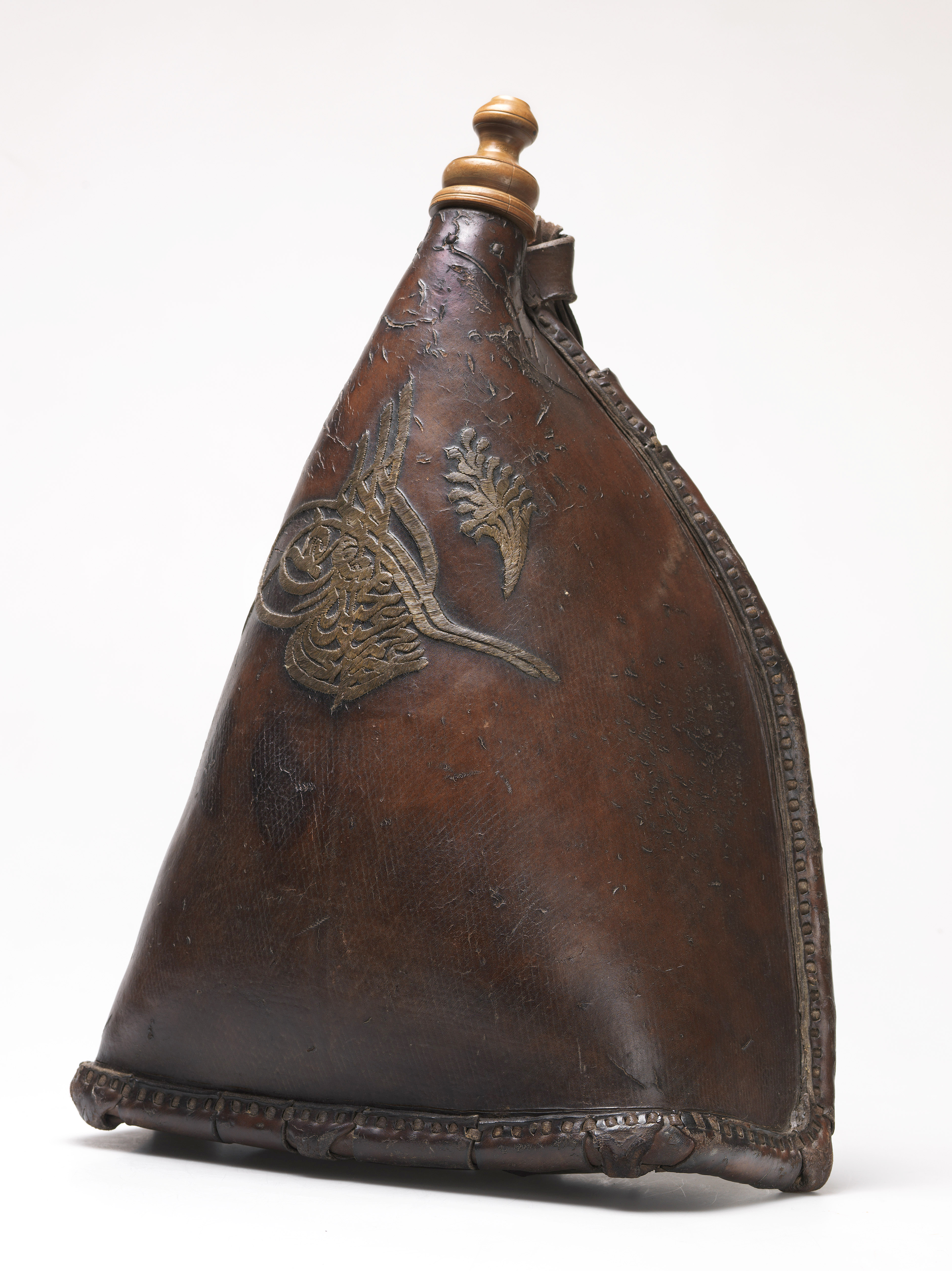|
Al-Hakim Al-Nishapuri
Abu Abd-Allah Muhammad ibn Abd-Allah al-Hakim al-Nishapuri ( fa, أبو عبدالله محمد بن عبدالله الحاكم النيسابوري; 933 - 1014 CE), also known as ''Ibn al-Bayyiʿ'', was a Persian Sunni scholar and the leading traditionist of his age, frequently referred to as the "Imam of the Muhaddithin" or the "Muhaddith of Khorasan." Biography Al-Hakim, from Nishapur, had vast numbers of teachers in Khurasan, Iraq, Transoxiana and elsewhere. His students included al-Bayhaqi. Al-Hakim wrote '' Al-Mustadrak ala al-Sahihayn''. He started writing it in the year when he was 72 years old. He reputedly said: "I drank water from Zamzam Well and asked God for excellence in writing books". Death On the 3rd of Safar 405 al-Hakim went into the bath, came out after bathing, said, "Ah," and died wearing but a waist-cloth before he had time to put on a shirt. Later, one of al-Hakim's students, Al-Hasan ibn Ash`ath al-Qurashî said: "I saw al-Hâkim in my dream ri ... [...More Info...] [...Related Items...] OR: [Wikipedia] [Google] [Baidu] |
Sunni
Sunni Islam () is the largest branch of Islam, followed by 85–90% of the world's Muslims. Its name comes from the word '' Sunnah'', referring to the tradition of Muhammad. The differences between Sunni and Shia Muslims arose from a disagreement over the succession to Muhammad and subsequently acquired broader political significance, as well as theological and juridical dimensions. According to Sunni traditions, Muhammad left no successor and the participants of the Saqifah event appointed Abu Bakr as the next-in-line (the first caliph). This contrasts with the Shia view, which holds that Muhammad appointed his son-in-law and cousin Ali ibn Abi Talib as his successor. The adherents of Sunni Islam are referred to in Arabic as ("the people of the Sunnah and the community") or for short. In English, its doctrines and practices are sometimes called ''Sunnism'', while adherents are known as Sunni Muslims, Sunnis, Sunnites and Ahlus Sunnah. Sunni Islam is sometimes refer ... [...More Info...] [...Related Items...] OR: [Wikipedia] [Google] [Baidu] |
Mustadrak Al-Hakim
''Al-Mustadrak 'ala al-Sahihayn'' ( ar, المستدرك على الصحيحين) or ''Mustadrak Al Hakim'' ( ar, مستدرك الحاكم) is a five volume hadith collection written by Hakim al-Nishapuri (Nishapur is located in Iran). He wrote it in the year AH 393 (1002–1003 CE), when he was 72 years old. Description It contains 9045 hadith. He claimed all hadith in it were authentic according to the conditions of either Sahih al-Bukhari or Sahih Muslim or both. Authenticity The statement of authenticity was not accepted by a number of prominent later Sunni scholars. made an abridged version of the collection named ''Talkhis al-Mustadrak'' where he commented on its authenticity. It has become the habit of scholars today working in the field of hadîth, when compiling them and determining their authenticity, to say things like "It is authenticated by al-Hâkim and al-Dhahabî concurs". In doing so, they are referring to al-Dhahabi's Talkhîs, his abridgement of the Musta ... [...More Info...] [...Related Items...] OR: [Wikipedia] [Google] [Baidu] |
Imam
Imam (; ar, إمام '; plural: ') is an Islamic leadership position. For Sunni Muslims, Imam is most commonly used as the title of a worship leader of a mosque. In this context, imams may lead Islamic worship services, lead prayers, serve as community leaders, and provide religious guidance. Thus for Sunnis, anyone can study the basic Islamic sciences and become an Imam. For most Shia Muslims, the Imams are absolute infallible leaders of the Islamic community after the Prophet. Shias consider the term to be only applicable to the members and descendents of the ''Ahl al-Bayt'', the family of the Islamic prophet Muhammad. In Twelver Shiasm there are 14 infallibles, 12 of which are Imams, the final being Imam Mahdi who will return at the end of times. The title was also used by the Zaidi Shia Imams of Yemen, who eventually founded the Mutawakkilite Kingdom of Yemen (1918–1970). Sunni imams Sunni Islam does not have imams in the same sense as the Shi'a, an important ... [...More Info...] [...Related Items...] OR: [Wikipedia] [Google] [Baidu] |
Mujaddid
A ''mujaddid'' ( ar, مجدد), is an Islamic term for one who brings "renewal" ( ar, تجديد, translit=tajdid, label=none) to the religion. According to the popular Muslim tradition, it refers to a person who appears at the turn of every century of the Islamic calendar to revive Islam, cleansing it of extraneous elements and restoring it to its pristine purity. In contemporary times, a mujaddid is looked upon as the greatest Muslim of a century. The concept is based on a ''hadith'' (a saying of Islamic prophet Muhammad),Neal Robinson (2013), Islam: A Concise Introduction, Routledge, , Chapter 7, pp. 85–89 recorded by Abu Dawood, narrated by Abu Hurairah who mentioned that Muhammad said: Ikhtilaf (disagreements) exist among different hadith viewers. Scholars such as Al-Dhahabi and Ibn Hajar al-Asqalani have interpreted that the term mujaddid can also be understood as plural, thus referring to a group of people. ''Mujaddids'' can include prominent scholars, pious rul ... [...More Info...] [...Related Items...] OR: [Wikipedia] [Google] [Baidu] |
Izalat Al-Khafa
Izalat al-Khafa'an Khilafat al-Khulfa ( fa, {{nq, ازالة الخفاء عن خلافت الخلفاء ; lit. 'Removal of Ambiguity about the Caliphate of the arlyCaliphs') is an authentic book by the Islamic scholar Shah Waliullah Dehlawi in the Persian language. Overview In Izalat al-Khafa' an Khilafat al-Khulafa, Shah Wali Allah attempts to demonstrate the fundamental importance of this early model of Khiliifah, as one of the cardinal principles of religion. Explaining the purpose of writing this book in its preface, he says: In this age, the heretic credulity of people has lent itself to the influence of the doctrines of the Shi'ah so much so that many people in this country entertain doubts regarding the validity of the installation of the Orthodox Caliphs. Therefore, Divine favor radiated the heart of this humble servant with knowledge. It established with certainty the conviction that the accession to the caliphal office (khilafah) by these early elders of Islam was one ... [...More Info...] [...Related Items...] OR: [Wikipedia] [Google] [Baidu] |
Shah Waliullah Dehlawi
Quṭb-ud-Dīn Aḥmad Walīullāh Ibn ʿAbd-ur-Raḥīm Ibn Wajīh-ud-Dīn Ibn Muʿaẓẓam Ibn Manṣūr Al-ʿUmarī Ad-Dehlawī ( ar, ; 1703–1762), commonly known as Shāh Walīullāh Dehlawī (also Shah Wali Allah), was an Islamic scholar seen by his followers as a renewer. Early life Shah Waliullah was born on 21 February 1703 to Shah Abdur Rahim, a prominent Islamic scholar of Delhi. He was known as Shah Waliullah because of his piety. He memorized the ''Qur'an'' by the age of seven. Soon thereafter, he mastered Arabic and Persian letters. He was married at fourteen. By sixteen he had completed the standard curriculum of Hanafi law, theology, geometry, arithmetic and logic. His father, Shah Abdur Rahim was the founder of the Madrasah-i Rahimiyah. He was on the committee appointed by Aurangzeb for compilation of the code of law, Fatawa-e-Alamgiri. Death He died on Friday the 29th of Muharram 1176 AH/ 20 August 1762 at Zuhr prayer in Old Delhi, aged 59. He wa ... [...More Info...] [...Related Items...] OR: [Wikipedia] [Google] [Baidu] |
Al-Dhahabi
Shams ad-Dīn adh-Dhahabī (), also known as Shams ad-Dīn Abū ʿAbdillāh Muḥammad ibn Aḥmad ibn ʿUthmān ibn Qāymāẓ ibn ʿAbdillāh at-Turkumānī al-Fāriqī ad-Dimashqī (5 October 1274 – 3 February 1348) was an Islamic historian and Hadith expert. Life Of Arab descent, Adh-Dhahabi was born in Damascus. His name, ibn adh-Dhahabi (son of the goldsmith), reveals his father's profession. He began his study of hadith at age eighteen, travelling from Damascus to Baalbek, Homs, Hama, Aleppo, Nabulus, Cairo, Alexandria, Jerusalem, Hijaz, and elsewhere, before returning to Damascus to teach and write. He authored many works and was widely renown as a perspicuous critic and expert examiner of the hadith. He wrote an encyclopaedic biographical history and was the foremost authority on the canonical readings of the Qur'an. Some of his teachers were women. At Baalbek, Zaynab bint ʿUmar b. al-Kindī was among his most influential teachers. Adh-Dhahabi lost his sight ... [...More Info...] [...Related Items...] OR: [Wikipedia] [Google] [Baidu] |
Qadi
A qāḍī ( ar, قاضي, Qāḍī; otherwise transliterated as qazi, cadi, kadi, or kazi) is the magistrate or judge of a '' sharīʿa'' court, who also exercises extrajudicial functions such as mediation, guardianship over orphans and minors, and supervision and auditing of public works. History The term ''qāḍī'' was in use from the time of Muhammad during the early history of Islam, and remained the term used for judges throughout Islamic history and the period of the caliphates. While the ''muftī'' and '' fuqaha'' played the role in elucidation of the principles of Islamic jurisprudence (''Uṣūl al-Fiqh'') and the Islamic law (''sharīʿa''), the ''qāḍī'' remained the key person ensuring the establishment of justice on the basis of these very laws and rules. Thus, the ''qāḍī'' was chosen from amongst those who had mastered the sciences of jurisprudence and law. The Abbasid caliphs created the office of "chief ''qāḍī''" (''qāḍī al-quḍāh''), whos ... [...More Info...] [...Related Items...] OR: [Wikipedia] [Google] [Baidu] |
Salat Al-Janazah
( ar, صلاة الجنازة) is the Islamic funeral prayer; a part of the Islamic funeral ritual. The prayer is performed in congregation to seek pardon for the deceased and all dead Muslims. The is a collective obligation upon Muslims () i.e., if some Muslims take the responsibility of doing it, the obligation is fulfilled, but if no-one fulfils it, then all Muslims will be accountable. Performing the funeral prayer when the body is not present is generally not permitted in the Hanafi and Maliki s, is permitted in the Hanbali , and is recommended in the Shafi'i . Description It is preferable that those praying divide themselves into odd rows with one person as an imam standing alone in front and while facing the qiblah. The body is placed in front of the Imam. If there is more than one body, then these should be put in front of the other. The spoken part of the prayer involves quietly reciting sura ''Al-Fatiha'', then praying for God to bestow peace, mercy and blessings o ... [...More Info...] [...Related Items...] OR: [Wikipedia] [Google] [Baidu] |
Zamzam Well
The Zamzam Well ( ar, بئر زمزم, translit=Biʾru Zamzam ) is a well located within the Masjid al-Haram in Mecca, Saudi Arabia. It is located east of the Kaʿba, the holiest place in Islam. According to Islamic narratives, the well is a miraculously generated source of water, which opened up thousands of years ago when the son of Ibrahim (Abraham), Ismaʿil (Ishmael), was left with his mother Hajar (Hagar) in the desert. It is claimed to have dried up during the settlement of the Jurhum in the area and to have been rediscovered in the 6th century by ʿAbd al-Muṭṭalib, grandfather of Muhammad. Millions of pilgrims visit the well each year while performing the ''Hajj'' or ''Umrah'' pilgrimages in order to drink its water. Etymology The origin of the name is uncertain. According to Chabbi the noun ar, زمزم, translit=Zamzam is an onomatopoeia. She associates the noun with the adjectives ar, زمزم, translit=zamzam and ar, زمازم, translit=zumāzim which ... [...More Info...] [...Related Items...] OR: [Wikipedia] [Google] [Baidu] |
Al-Mustadrak Ala Al-Sahihayn
''Al-Mustadrak 'ala al-Sahihayn'' ( ar, المستدرك على الصحيحين) or ''Mustadrak Al Hakim'' ( ar, مستدرك الحاكم) is a five volume hadith collection written by Hakim al-Nishapuri (Nishapur is located in Iran). He wrote it in the year AH 393 (1002–1003 CE), when he was 72 years old. Description It contains 9045 hadith. He claimed all hadith in it were authentic according to the conditions of either Sahih al-Bukhari or Sahih Muslim or both. Authenticity The statement of authenticity was not accepted by a number of prominent later Sunni scholars. made an abridged version of the collection named ''Talkhis al-Mustadrak'' where he commented on its authenticity. It has become the habit of scholars today working in the field of hadîth, when compiling them and determining their authenticity, to say things like "It is authenticated by al-Hâkim and al-Dhahabî concurs". In doing so, they are referring to al-Dhahabi's Talkhîs, his abridgement of the Mustad ... [...More Info...] [...Related Items...] OR: [Wikipedia] [Google] [Baidu] |





.jpg)
